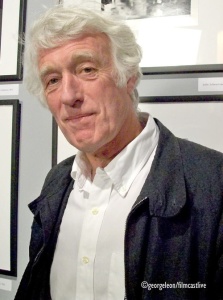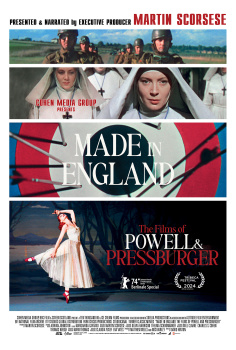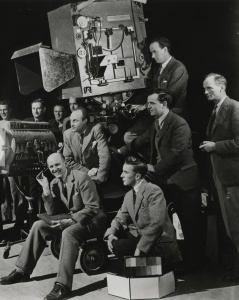 Crane operator at the TVA’s Douglas Dam, Tennessee, 1942
Crane operator at the TVA’s Douglas Dam, Tennessee, 1942Photo by Alfred T. Palmer. Double click photo for detail.
 Member of a construction crew. Fort Knox, Kentucky, 1942.
Member of a construction crew. Fort Knox, Kentucky, 1942.Photo by Alfred T. Palmer. Double click photo for detail.
Certain is that these photos were not “colorized”. All these photos were most likely shot on Kodachrome 25ASA-ISO color transparency film sheet (no roll) using a 4×5 Graflex Press or a medium format Graflex Century or Speed Graphic. The dye couplers and emulsions used to imprint the polyester base “slide” Kodachrome were the sharpest, more color stable and fade resistant to date than any newer slide film made by Kodak, Agfa or Fujichrome. Kodak used a process called K-14, a predecessor of the common E-6 slide processing rendering a unique look, deep contrast, salmon hued colors. Beautiful Stuff. They are the Markers of an Era. (eg:Life Magazine covers). The drawback was their narrow latitude as any reversal emulsion (easy to underexpose-One Fstop of forgiveness). But remember, they never were color cameras, only Color or B/W film stock. The view or reflex camera is just a mechanical “Camera Obscura” that gathers light through a shutter/iris/lens. The film stock holds the color or the grayscale (B/W) emulsion that converts your Point of View (POV) into a memorable image.
1-Do you have any comments about the origination and processing of these photographs?
2-Is the crisp and saturated Kodachrome look cleanly achievable in a HD cinematography output grading LUT without any highlights clipping in a similar outdoor situation to these photos?
3- There is any recent film or HD originated feature film you have noticed the Kodachrome look?
4- Did you ever shot any Kodachrome film,(ISO25-ISO64-ISO200) on sheet pre-cut film, large or medium format, or on 35mm slide?
 Jack Whinery and his family, homesteaders, Pie Town, New Mexico, 1940.
Jack Whinery and his family, homesteaders, Pie Town, New Mexico, 1940.Photo by Russell Lee. Double click photo for detail.
for more photos...


























































